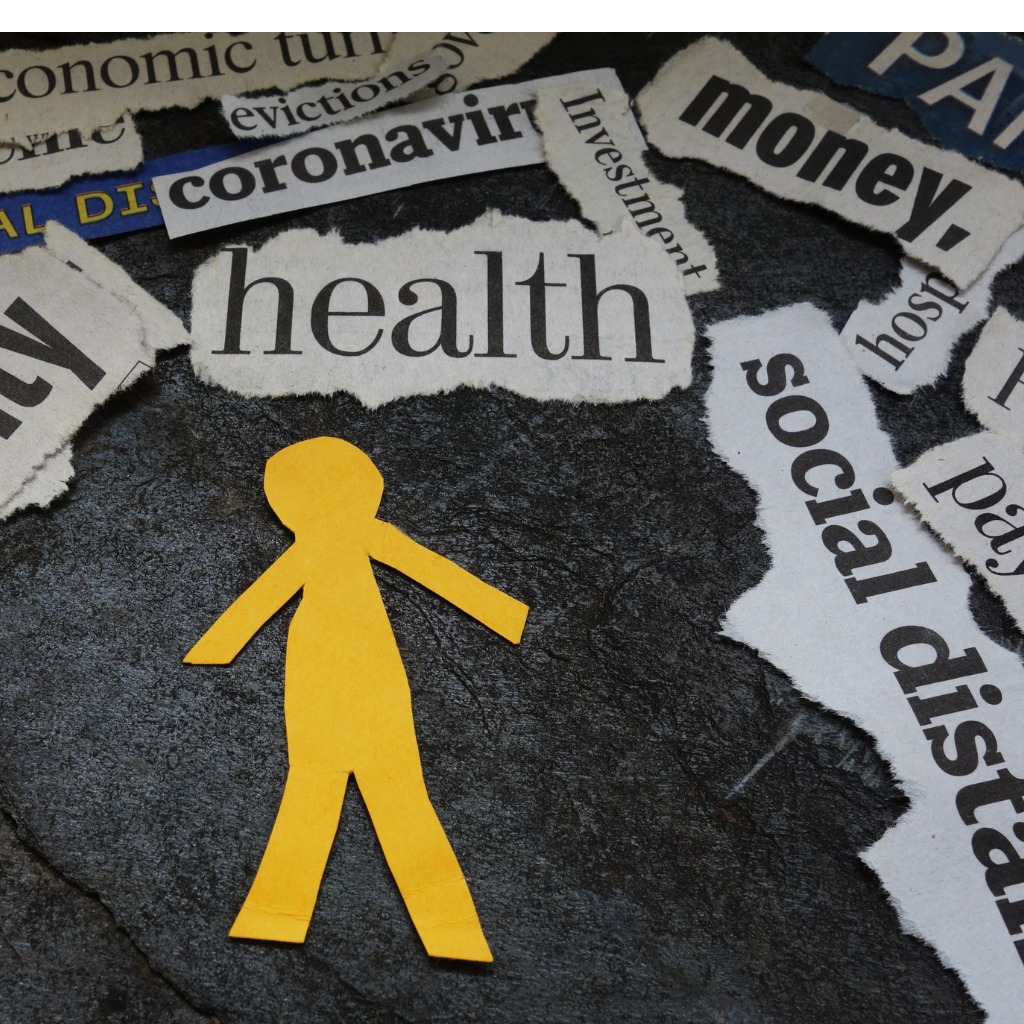Article featured in LSUHSC NEWSROOM on February 23, 2021 – Click here to read the article
Published: January 20, 2021, in Frontiers in Public Health
On March 9, 2020, the first presumptive COVID-19 case was reported in Louisiana. Throughout the Summer of 2020, Louisiana has remained an epicenter for COVID-19 in the United States with 2,495 reported cases per 100,000 persons and 86 COVID-19 related deaths per 100,000 persons, which are currently some of the highest incidence and mortality rates in the United States. As of September 3, 2020, there has been a cumulative total of 150,651 reported COVID-19 cases and 4,858 COVID-19 related deaths in Louisiana. In addition, 38% of reported COVID-19 cases and 47% of COVID-19-related deaths are among Black people, yet Black people make up just 33% of the Louisiana population. Similar racial disparities in COVID-19 outcomes have been found across the United States (US), where Black people are over 2.6 times more likely to be an incident COVID-19 case and 2.1 times more likely to die from COVID-19 than non-Hispanic Whites.
Neighborhood level factors, such as social vulnerability, could explain why Black people and other minorities may be more impacted from the COVID-19 pandemic than other races. Social vulnerability is defined as the degree to which a community is able to prepare and respond to a natural or man-made disaster, such as a hurricane, chemical spill, or disease outbreak. Secondary to a history of racial discrimination and residential segregation, Black people and other minorities tend to reside in neighborhoods of higher social vulnerability, which may have contributed to their limited capacity to prepare and respond to the COVID-19 pandemic. Race, ethnicity, income, education, household composition, and transportation are factors that influence neighborhood social vulnerability. Recent literature suggests that Black people and other minorities are more likely to have limited financial resources and insecure housing, which may impact their ability to properly social distance and self-isolate. Essential workers and public transit riders are disproportionally composed of racial minorities, which may increase their risk of exposure to and subsequent infection with COVID-19.
Kim and Bostwick reported a positive correlation between the proportion of Black people in Chicago census tracks and social vulnerability, and they also observed that there were spatial clusters of social vulnerability, which were associated with increased COVID-19 related death rates. Other studies have also found that a positive relationship between social vulnerability and COVID-19 mortality among US census tracts. However, to date, there have been mixed results on the relationship between social vulnerability and cumulative incidence of confirmed COVID-19 cases. Among US counties, one study observed an association between overall county-level social vulnerability and COVID-19 cumulative incidence between January 21, 2020, and May 12, 2020 but this relationship varied among counties based on a geographically weighted model. On the contrary, another study among 433 US counties did not find an association between county-level social vulnerability and COVID-19 cumulative incidence as of April 4th, 2020. However, social vulnerability may not be homogeneous across the entire geographic area of a county, and census tract level social vulnerability may provide better inferences on the relationship between neighborhood level social vulnerability and COVID-19 incidence.
There has been limited research on the relationship between social vulnerability and COVID-19 incidence at the census tract level. Using CDC’s Social Vulnerability Index (SVI), this study will examine the relationship between census tract level social vulnerability and the cumulative incidence of reported COVID-19 cases as of August 23, 2020 among Louisiana census tracts. We hypothesize that census tracts with higher levels of social vulnerability will experience higher rates of incident reported COVID-19 cases. In addition, we will examine each of the four CDC SVI four subthemes (socioeconomic status, household composition and disability, minority status and language, and housing type and transportation) as independent predictors of reported COVID-19 incidence among Louisiana census tracts. With limited treatment options for COVID-19, the public health strategy has been to reduce the transmission of COVID-19 through nonpharmaceutical interventions, such as social distancing, mask mandates, school closures, and limiting gatherings. The impact of our results may help identify neighborhoods more susceptible to COVID-19 infection; these areas may require additional planning and resources to mitigate the current COVID-19 pandemic.
In the results of this study the crude stratified analysis, all four CDC SVI sub-themes were significantly associated with COVID-19 incidence. Census tracts with higher levels of social vulnerability were associated with higher COVID-19 incidence after adjusting for population density (adjusted RR: 1.52, 95% CI: 1.41-1.65). The conclusion and results of this study indicate that increased social vulnerability is linked with COVID-19 incidence. Additional resources should be allocated to areas of increased social disadvantage to reduce the incidence of COVID-19 in vulnerable populations.
This new research was published in the January 20, 2021 issue of journal Frontiers in Public Health with the title “The Relationship Between Social Vulnerability and COVID-19 Incidence Among Louisiana Census Tracts.” The lead author is Erin N. Biggs, PhD student in Epidemiology. The research team and contributors to this publication include Dr. Patrick M. Maloney (PhD Epidemiology Alumni), Dr. Ariane L. Rung, faculty in Epidemiology, Dr. Edward S. Peters, Program Director & faculty in Epidemiology, and Dr. William T. Robinson, faculty in Behavioral & Community Health Sciences, all from the Louisiana State University Health Sciences Center School of Public Health.

